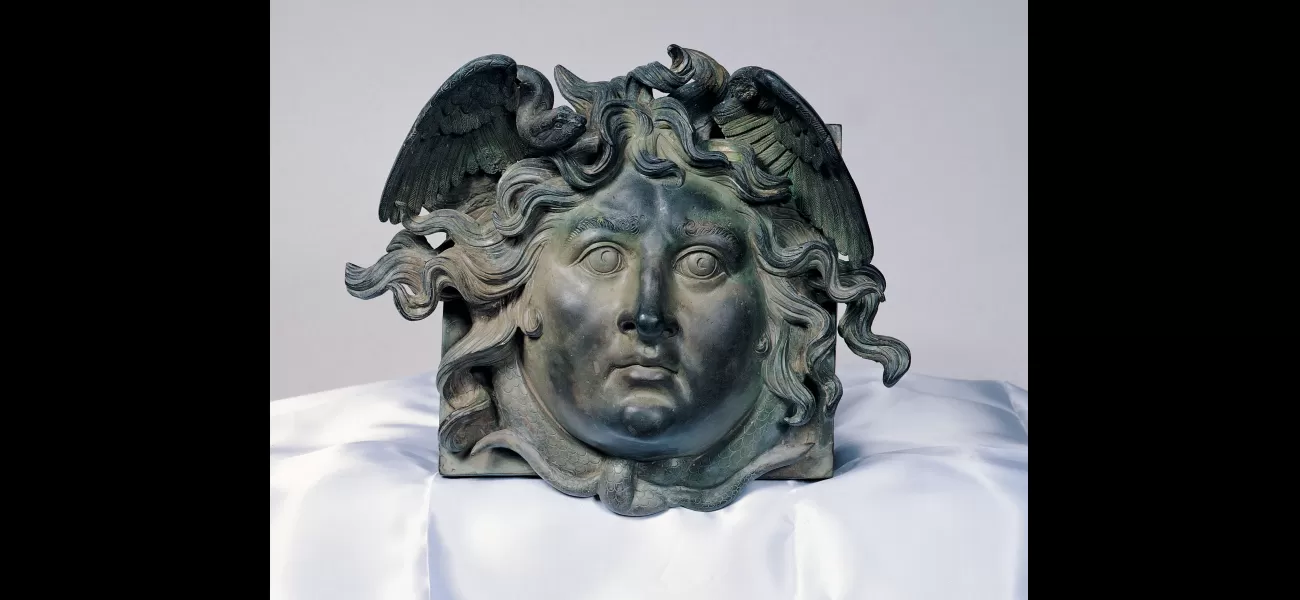Fossils reveal jellyfish have been efficient predators for millions of years.
Jellyfish were successful hunters, according to fossil evidence.
August 1st 2023.

The discovery of the oldest-ever jellyfish fossil, named Burgessomedusa phasmiformis, has shed light on one of the oldest groups of animals to have ever existed on Earth – the medusozoans.
The fossils, extracted from the famous Burgess Shale fossil-bearing deposit in the Canadian Rockies, are 505 million years old and remarkably well-maintained.
They show the jellyfish had tentacles capable of seizing sizeable prey, further indicating that predation was not limited to large swimming arthropods like Anomalocaris.
The medusozoans group comprises some of the most iconic creatures in marine life, including box jellyfish, hydroids, and 'true' jellyfish.
They are part of the Cnidaria group, which also includes corals and sea anemones.
The Burgessomedusa fossils provide evidence of the evolution of bell or saucer-shaped medusa or jellyfish more than 500 million years ago.
The Royal Ontario Museum holds close to 200 specimens of the fossils, mostly found in the late 1980s and 90s.
These specimens show intricate details of internal anatomy and tentacles, with some even measuring more than 20 centimetres in length.
This enabled researchers to identify the fossil as a medusozoan and conclude that the Cambrian food chain was more complex than previously thought.
Joe Moysiuk, a PhD candidate in Ecology & Evolutionary Biology at the University of Toronto, said: ‘Although jellyfish and their relatives are thought to be one of the earliest animal groups to have evolved, they have been remarkably hard to pin down in the Cambrian fossil record.’
Dr Jean-Bernard Caron, a co-author of the study, added the fossil records showed the jellyfish were ‘efficient predators’.
He said: ‘Finding such incredibly delicate animals preserved in rock layers on top of these mountains is such a wonderous discovery.
Burgessomedusa adds to the complexity of Cambrian foodwebs and, like Anomalocaris, these jellyfish were efficient swimming predators. This adds yet another remarkable lineage of animals that the Burgess Shale has preserved chronicling the evolution of life on Earth.’
The study is published in the journal Proceedings of the Royal Society B Biological Sciences.
Visitors to the Royal Ontario Museum in Toronto, southeastern Canada, can see fossils of Burgessomedusa phasmiformis on display in the Burgess Shale section of the recently opened Willner Madge Gallery, Dawn of Life.
The findings provide an exciting insight into the evolution of one of the oldest groups of animals on Earth, and remind us of the wonders of the fossil record and the incredible creatures it contains.
The fossils, extracted from the famous Burgess Shale fossil-bearing deposit in the Canadian Rockies, are 505 million years old and remarkably well-maintained.
They show the jellyfish had tentacles capable of seizing sizeable prey, further indicating that predation was not limited to large swimming arthropods like Anomalocaris.
The medusozoans group comprises some of the most iconic creatures in marine life, including box jellyfish, hydroids, and 'true' jellyfish.
They are part of the Cnidaria group, which also includes corals and sea anemones.
The Burgessomedusa fossils provide evidence of the evolution of bell or saucer-shaped medusa or jellyfish more than 500 million years ago.
The Royal Ontario Museum holds close to 200 specimens of the fossils, mostly found in the late 1980s and 90s.
These specimens show intricate details of internal anatomy and tentacles, with some even measuring more than 20 centimetres in length.
This enabled researchers to identify the fossil as a medusozoan and conclude that the Cambrian food chain was more complex than previously thought.
Joe Moysiuk, a PhD candidate in Ecology & Evolutionary Biology at the University of Toronto, said: ‘Although jellyfish and their relatives are thought to be one of the earliest animal groups to have evolved, they have been remarkably hard to pin down in the Cambrian fossil record.’
Dr Jean-Bernard Caron, a co-author of the study, added the fossil records showed the jellyfish were ‘efficient predators’.
He said: ‘Finding such incredibly delicate animals preserved in rock layers on top of these mountains is such a wonderous discovery.
Burgessomedusa adds to the complexity of Cambrian foodwebs and, like Anomalocaris, these jellyfish were efficient swimming predators. This adds yet another remarkable lineage of animals that the Burgess Shale has preserved chronicling the evolution of life on Earth.’
The study is published in the journal Proceedings of the Royal Society B Biological Sciences.
Visitors to the Royal Ontario Museum in Toronto, southeastern Canada, can see fossils of Burgessomedusa phasmiformis on display in the Burgess Shale section of the recently opened Willner Madge Gallery, Dawn of Life.
The findings provide an exciting insight into the evolution of one of the oldest groups of animals on Earth, and remind us of the wonders of the fossil record and the incredible creatures it contains.
[This article has been trending online recently and has been generated with AI. Your feed is customized.]
[Generative AI is experimental.]
0
0
Submit Comment





